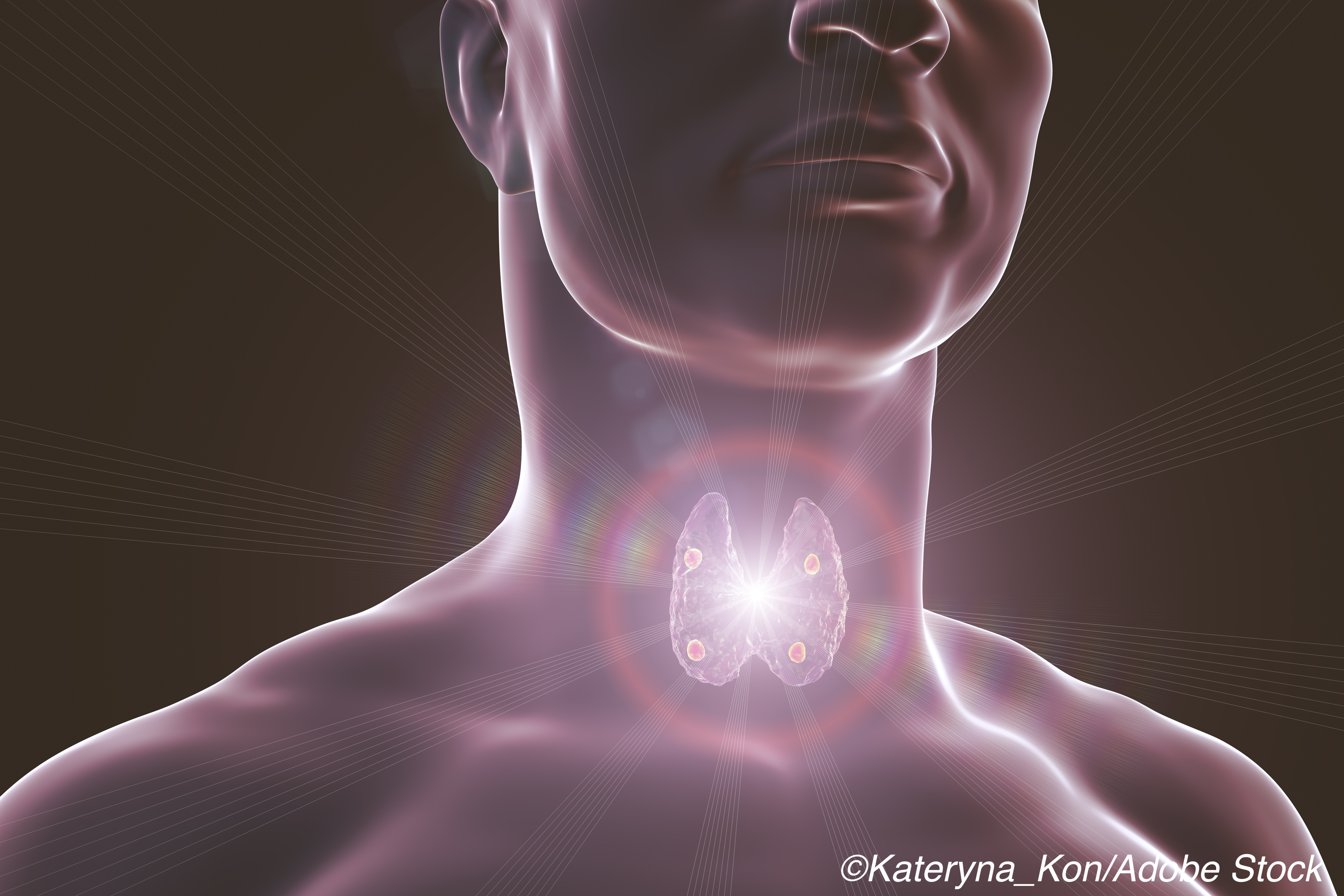The low rate of screening for primary hyperparathyroidism (PHPT) in patients with kidney stones represents a “missed opportunity” to prevent recurrent kidney stones by diagnosing and treating PHPT, according to researchers.
A cohort study of veterans with kidney stones and hypercalcemia found that just a quarter of those patients were tested for PHPT in Veterans Health Administration (VHA) facilities — and those rates varied widely across facilities.
The study, led by Calyani Ganesan, MD, MS, Stanford University School of Medicine, Palo Alto, California, was published in JAMA Surgery.
According to the authors, about 1 in 11 persons in the U.S. will experience kidney stones, with a high likelihood of recurrence. In fact, about half of these people will experience a recurrence within 10 years of their first kidney stone episode.
PHPT is a treatable cause of kidney stones and is present in 3% to 5% of those patients, suggesting that a potential strategy to reduce kidney stone recurrence rate is to screen for PHPT. Clinical guidelines recommend that clinicians do this by measuring the serum calcium concentration in patients with kidney stones, followed by the serum parathyroid hormone (PTH) level if there is clinical suspicion for PHPT.
However, according to Ganesan and colleagues, it is unclear how many kidney stone patients are actually screened for PHPT.
For this study, the authors obtained VHA health records from the Corporate Data Warehouse for veterans who received care in a VHA facility from Jan. 1, 2008, through Dec. 31, 2013. The final cohort consisted of 7,561 patients with kidney stones and hypercalcemia.
Of these patients, 1873 (24.8%) completed a serum PTH level measurement around the time when they received their kidney stone diagnosis. Across the 130 VHA facilities included in the study, testing rates ranged from as low as 4% to 57%.
Using multivariable logistic regression models, the authors found that the odds of PTH testing patients with kidney stones and hypercalcemia were lower with older age (odds ratio [OR], 0.95 per decade; 95% CI, 0.90-1.00) and among patients with a history of metastatic cancer (OR,0.63; 95% CI,0.49-0.81). In addition, PTH testing was not associated with thiazide and thiazide-type prescriptions (OR, 1.05; 95% CI, 0.92-1.20) or a history of osteoporosis (OR, 1.22; 95% CI, 0.93-1.61).
PTH testing was associated with the magnitude of calcium concentration elevation (OR, 1.07 per 0.1 mg/dL >10.5 mg/dL; 95% CI, 1.05-1.08) and the number of elevated serum calcium concentration measurements (OR, 1.08 per measurement >10.5 mg/ dL; 95% CI, 1.06-1.10). Patients who visited kidney stone specialists were also more likely to undergo testing. Specifically, patients who visited either a nephrologist or a urologist (OR, 1.56; 95% CI, 1.35-1.81), and those who visited both a nephrologist and a urologist (OR, 6.57; 95% CI, 5.33-8.10) had much higher odds of undergoing testing compared to those who did not visit specialists. The same held true for those patients who visited endocrinologists.
“The low prevalence of PTH testing in veterans with kidney stones and hypercalcemia suggests that clinicians are missing an opportunity to prevent recurrent kidney stones by diagnosing and treating PHPT despite guidelines by the American Urological Association and European Association of Urology that recommend PTH testing,” concluded Ganesan and colleagues.
They also suggested that wider dissemination of these guidelines recommending PTH testing could reduce the disparity in testing among VHA facilities.
In a commentary accompanying the study, Quan-Yang Duh, MD, Surgical Service, Veterans Health Administration Medical Center, San Francisco, and colleagues noted that the fact that PTH testing was considerably higher among patients who visited specialists such as urologists, nephrologists, and endocrinologists “offers some clues” that could remedy the low rate of testing and the underdiagnosis of PHPT.
“Perhaps these specialists were more likely to recognize the possibility of hyperparathyroidism, or perhaps the same primary care physicians who recognized this disease also tended to refer to specialists,” wrote Duh and colleagues. “This finding suggests how we may solve the problem of underdiagnosis.”
For example, Duh and colleagues suggested that within the VHA a simple solution could be to create an electronic medical record function that automatically alerts a clinician to order PTH testing whenever a patient with kidney stones is found to have hypercalcemia.
-
Only about 25% of patients with kidney stones and hypercalcemia are screened for primary hyperparathyroidism (PHPT).
-
Increasing screening rates could result in increased diagnosis of PHPT and a reduction in the incidence of kidney stone recurrence.
Michael Bassett, Contributing Writer, BreakingMED™
Ganesan and Duh reported no disclosures.
Cat ID: 110
Topic ID: 76,110,110,127,192,925



